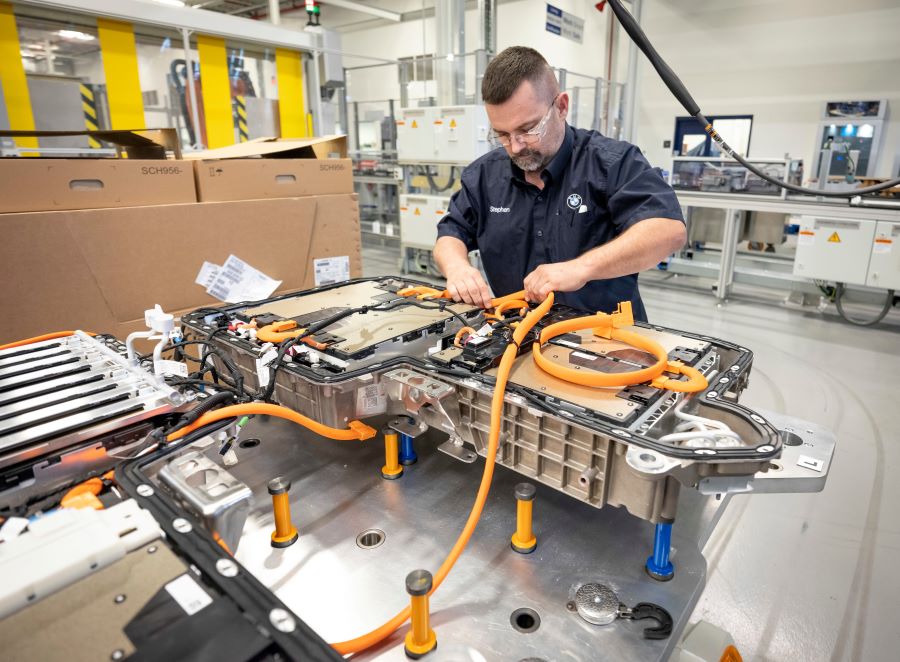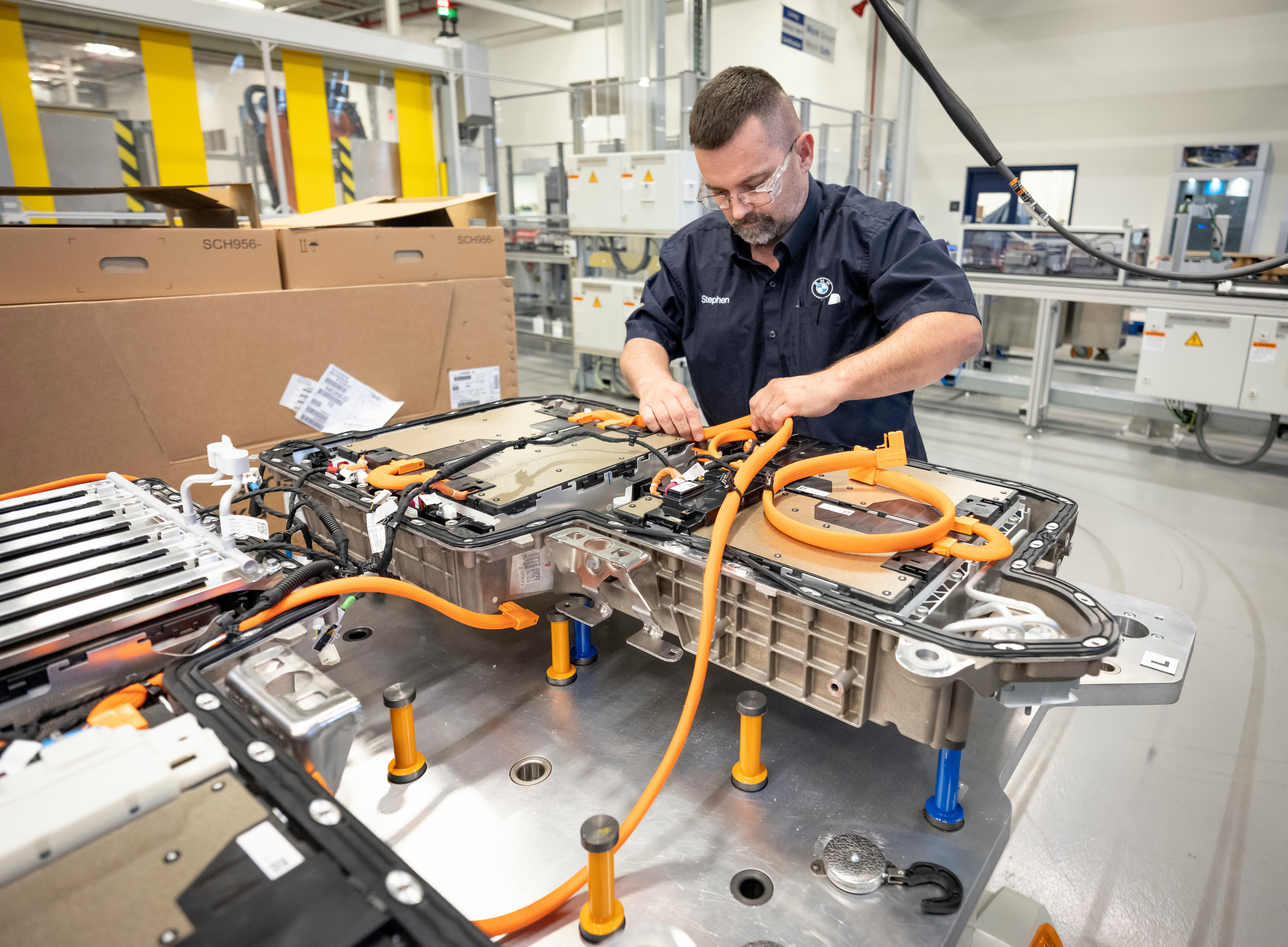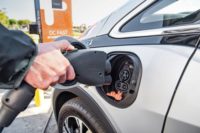WARRENDALE, PA—SAE International has unveiled a blueprint of a new standard that could dramatically increase access to electric vehicle charging throughout North America. The SAE J3400 North American Charging Standard (NACS) Electric Vehicle Coupler Technical Information Report will help to ensure that any supplier or manufacturer will be able to use, manufacture or deploy the J3400 connector for EVs and charging stations.
Earlier this year, SAE also announced that it would standardize the Tesla-developed NACS connector, which promises to play a key role in building an interoperable national charging network that will work for EV drivers with multiple kinds of charging connectors.
“Open and interoperable standards are crucial to ensuring that every EV can charge at any station,” says Gabe Klein, executive director of the Joint Office of Energy and Transportation, which helps coordinate expertise between the U.S. Department of Energy and the U.S. Department of Transportation. “We appreciate the commitment and knowledge of SAE and its experts from the automotive, EV charging, academic and government sectors to make the charging experience easier and more accessible for Americans nationwide.”
“SAE J3400 provides a blueprint for cost-effective mass electrification of transportation in North America,” adds Rodney McGee, Ph.D., P.E., chairman of the SAE J3400 NACS Task Force. “It facilitates broad interoperability for EV charging solutions by providing a unified, compact connector for both AC and DC charging.
“It is compatible with bring-your-own-cord solutions that make J3400 an optimal approach for AC power transfer for street charging, parking garages and multi-unit or mixed-use buildings,” claims McGhee, who also serves as a research engineer at the Transportation Electrification Center at the University of Delaware.”
According to McGhee, this standardized approach means that the same utility power feeds for DC fast charging can be utilized for single-phase AC charging, eliminating the need for separate circuit panels and additional step-down transformers at charging sites, resulting in lower infrastructure costs and higher efficiencies.




